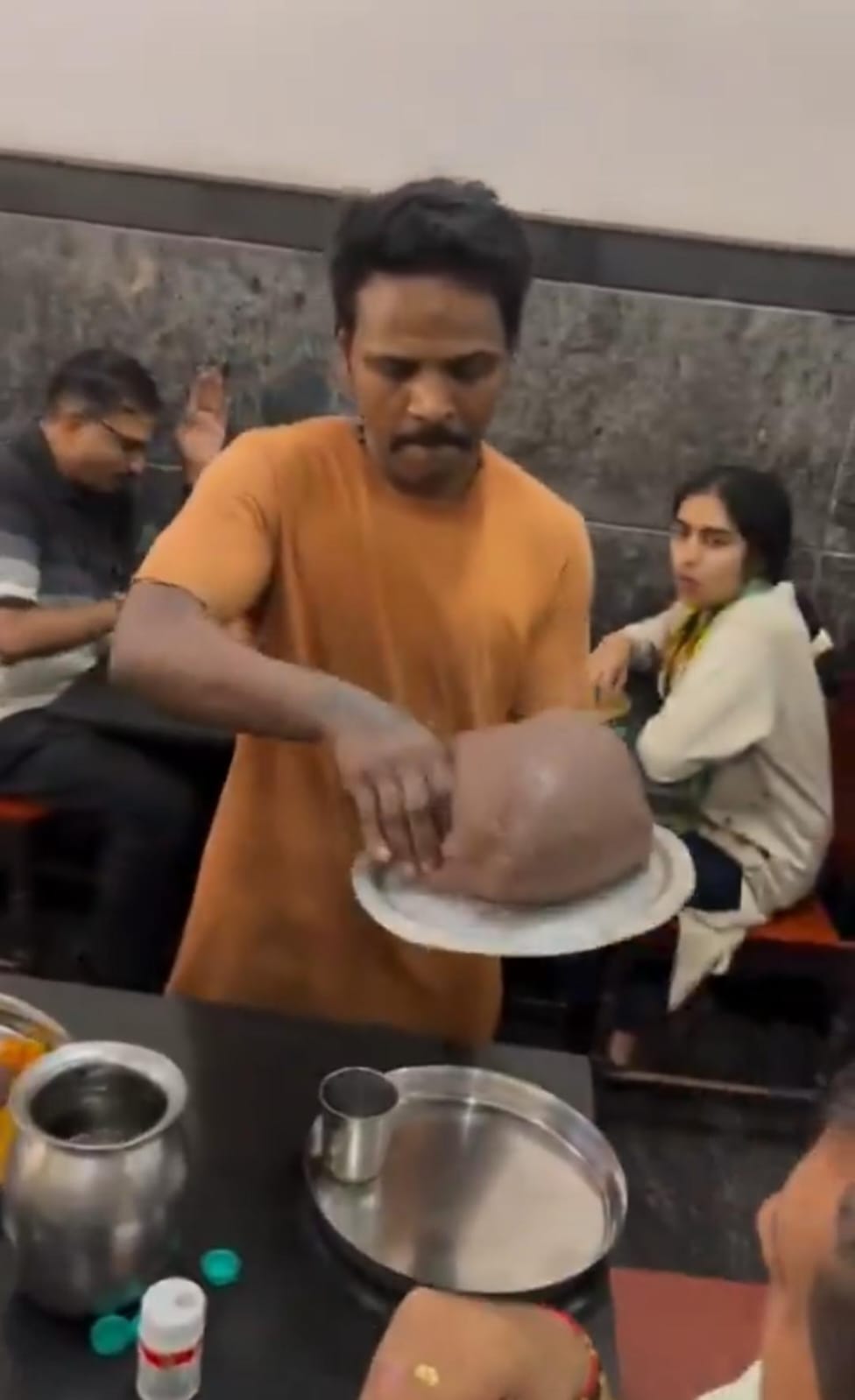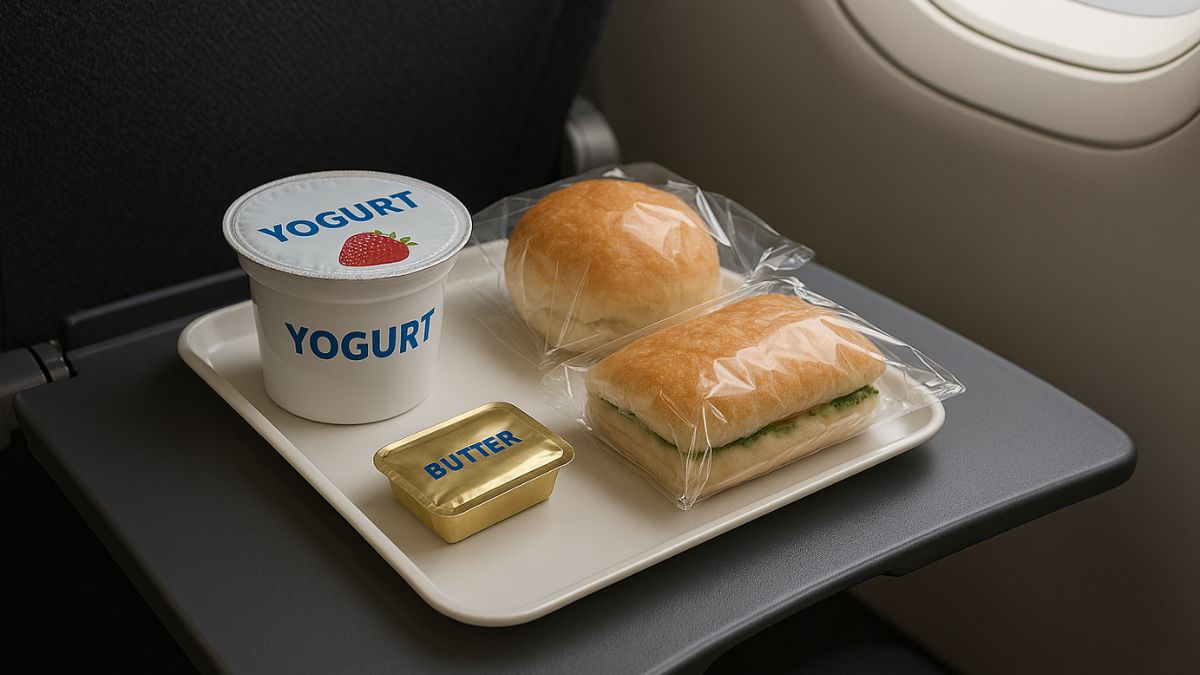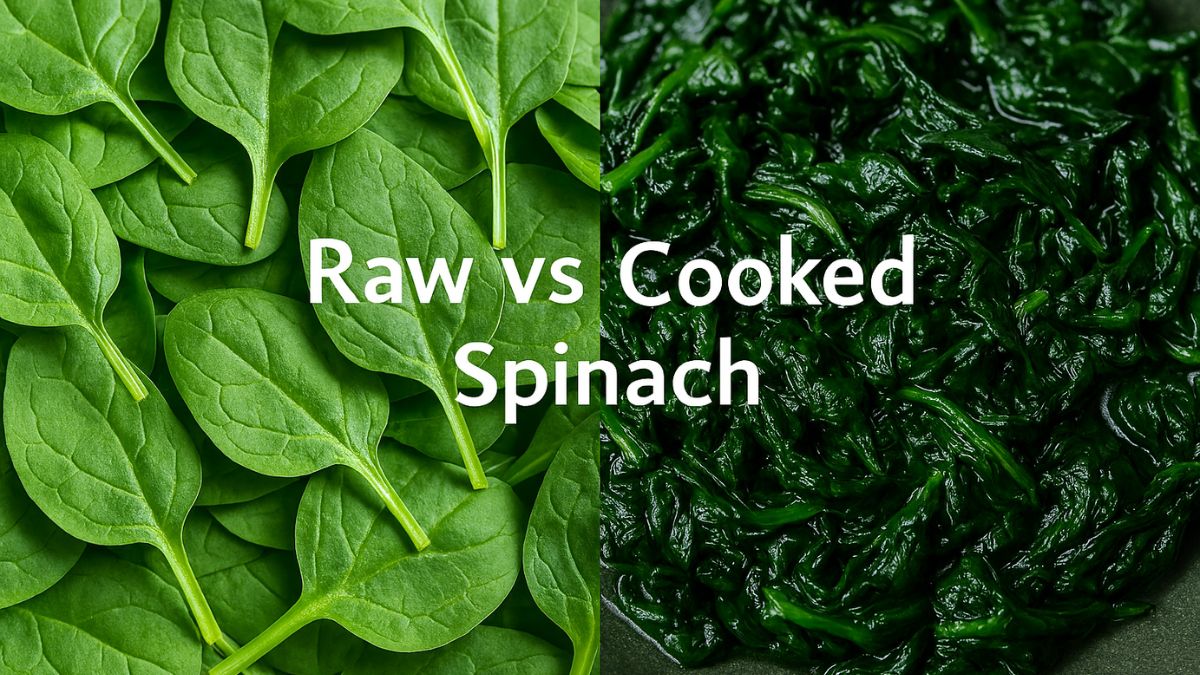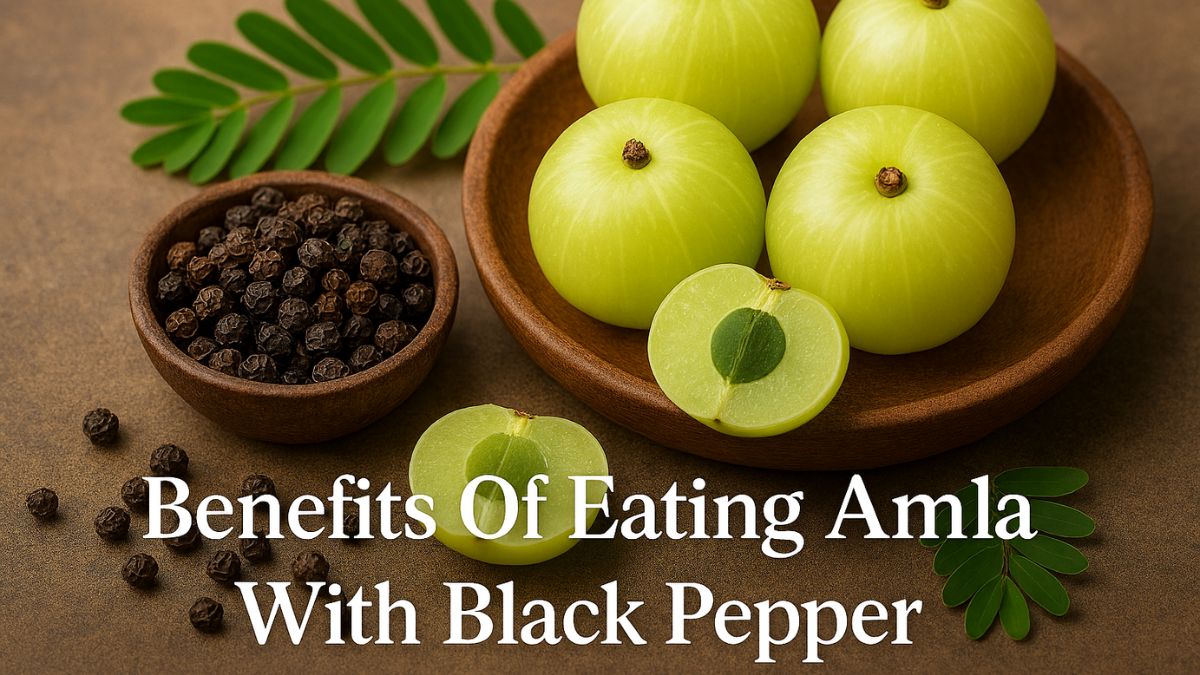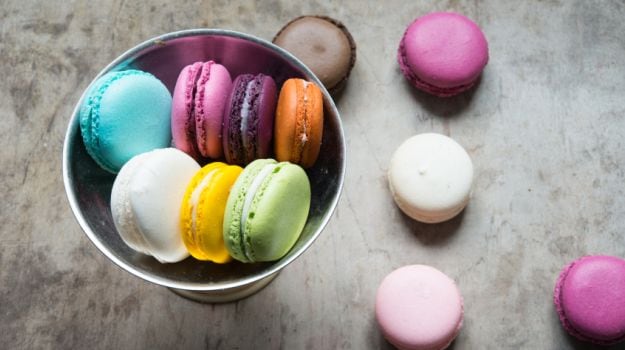There are many food additives that go into our food, but we know very little about them. These are substances added to food to preserve flavor or enhance its taste and appearance. Food colouring or colour additive is a pigment that gives colour to your food. They are found in almost everything that draws our eyes on the supermarket aisle - from beverages and cookies to flavoured yogurt and sweets. Natural, Synthetic, Nature Identical – the label lingo can be complicated with all the different terms floating around. Let me help translate them for you. Use this guide to decide whether the food product is worthy of a spot in your kitchen cabinet or is simply putting up a front.What are they doing in your food: When foods are processed they not only lose nutrients and fibers, but the texture and flavours are also distorted. Colouring agents are frequently added to restore the natural color lost, make food more appealing, add color to colorless foods and to provide consistency in colour.How to find them on the label: According to The Prevention of Food Adulteration Act in India it is mandatory to “specify the coloring matter and the maximum quantities thereof which may be used in any article of food.”
1. Flip the box or can around and look for the following - “Contains Permitted Natural Colour(s) and/or Synthetic Colour(s).”2. The use of any inorganic matter or pigments is strictly prohibited expect in the case of chewing gum that may use Titanium Dioxide up to a maximum limit of 1 per cent.3. Red, Yellow, Blue and Green are the only artificial colours that can be used. These artificial colours are usually by-products of coal tar. As per Rule 28 of The Prevention of Food Adulteration Act, these colours can be used in specific food products like ice-cream, frozen desserts, yoghurt, biscuits, jams, marmalade, fruit syrup, squash, non-alcoholic carbonated or non-carbonated drinks, custard powder and jelly.4. Artifical dyes can show up on ingredient labels under many names. Keep a lookout for -
Red: Carmoisine, Erythrosine or Ponceau 4R
Yellow: Tartrazine, Sunset Yellow FCF
Blue: Indigo Carmine, Brilliant Blue FCF
Green: Fast Green FCF5. Due to increasing health concerns arising from the use chemical dyes, some companies have switched to natural food dyes. But here’s the catch. Natural food colouring can be derived from natural food sources like plants, minerals or animals or they can also be produced synthetically using natural ingredients.6. Under the food safety law, colours regarded as natural are Beta-carotene, Beta-apo-8' carotenal, Methylester of Beta-apo-8'carotenoic acid, Ethylester of Beta-apo-8', Carotenoic acid, Canthaxanthin, Chlorophyll, Riboflavin (Lactoflavin), Saffron, Annato and Caramel. Caramel is the only food colouring that may be used without label declaration.Health implications: Synthetic colours are preferred by companies as they are generally less expensive, more intense, and tend to remain stable when exposed to environmental conditions such as heat and light but they come with set of side effects. A study called Rainbow of Risks, published by Centre for Science in the Public Interest in the United States, indicates, “In addition to considerations of organ damage, cancer, birth defects, and allergic reactions, mixtures of dyes (and Yellow 5 tested alone) cause hyperactivity and other behavioral problems in some children.” Similarly, a 2007 British study published in The Lancet found that children who consumed a mixture of common synthetic dyes displayed hyperactive behavior within an hour of consumption. The jury is still out as most of the research is limited to animal studies.Keep in mind: The dye in our day isn’t limited to food; you may find it in beauty products like soaps and lip balms used on a daily basis. Since most companies are still in the midst of changing their ingredients, you should read every label.
1. Flip the box or can around and look for the following - “Contains Permitted Natural Colour(s) and/or Synthetic Colour(s).”2. The use of any inorganic matter or pigments is strictly prohibited expect in the case of chewing gum that may use Titanium Dioxide up to a maximum limit of 1 per cent.3. Red, Yellow, Blue and Green are the only artificial colours that can be used. These artificial colours are usually by-products of coal tar. As per Rule 28 of The Prevention of Food Adulteration Act, these colours can be used in specific food products like ice-cream, frozen desserts, yoghurt, biscuits, jams, marmalade, fruit syrup, squash, non-alcoholic carbonated or non-carbonated drinks, custard powder and jelly.4. Artifical dyes can show up on ingredient labels under many names. Keep a lookout for -
Red: Carmoisine, Erythrosine or Ponceau 4R
Yellow: Tartrazine, Sunset Yellow FCF
Blue: Indigo Carmine, Brilliant Blue FCF
Green: Fast Green FCF5. Due to increasing health concerns arising from the use chemical dyes, some companies have switched to natural food dyes. But here’s the catch. Natural food colouring can be derived from natural food sources like plants, minerals or animals or they can also be produced synthetically using natural ingredients.6. Under the food safety law, colours regarded as natural are Beta-carotene, Beta-apo-8' carotenal, Methylester of Beta-apo-8'carotenoic acid, Ethylester of Beta-apo-8', Carotenoic acid, Canthaxanthin, Chlorophyll, Riboflavin (Lactoflavin), Saffron, Annato and Caramel. Caramel is the only food colouring that may be used without label declaration.Health implications: Synthetic colours are preferred by companies as they are generally less expensive, more intense, and tend to remain stable when exposed to environmental conditions such as heat and light but they come with set of side effects. A study called Rainbow of Risks, published by Centre for Science in the Public Interest in the United States, indicates, “In addition to considerations of organ damage, cancer, birth defects, and allergic reactions, mixtures of dyes (and Yellow 5 tested alone) cause hyperactivity and other behavioral problems in some children.” Similarly, a 2007 British study published in The Lancet found that children who consumed a mixture of common synthetic dyes displayed hyperactive behavior within an hour of consumption. The jury is still out as most of the research is limited to animal studies.Keep in mind: The dye in our day isn’t limited to food; you may find it in beauty products like soaps and lip balms used on a daily basis. Since most companies are still in the midst of changing their ingredients, you should read every label.
Advertisement

